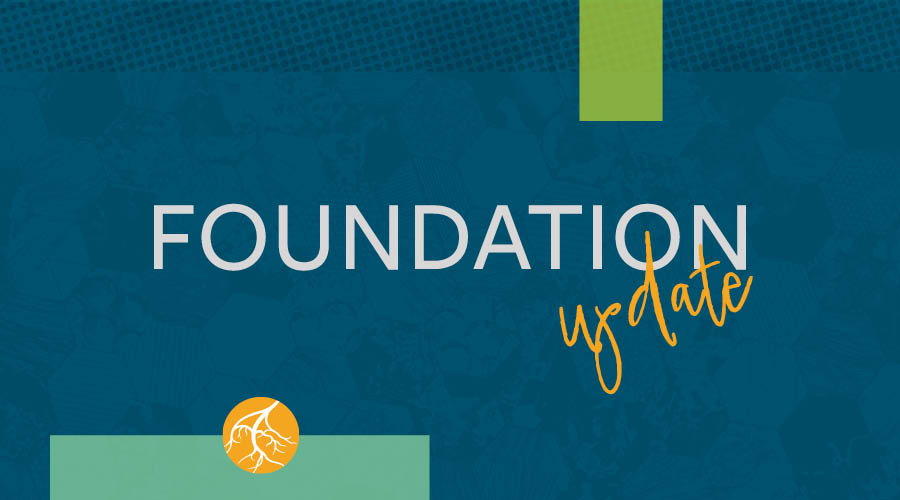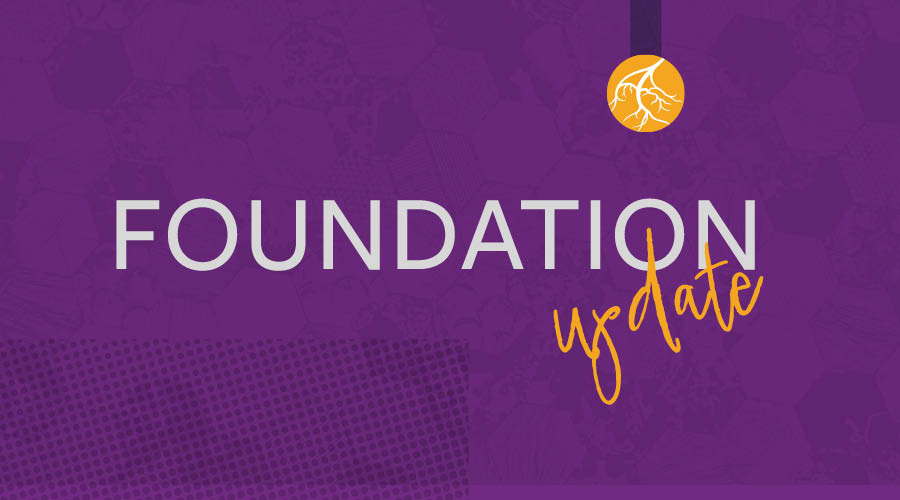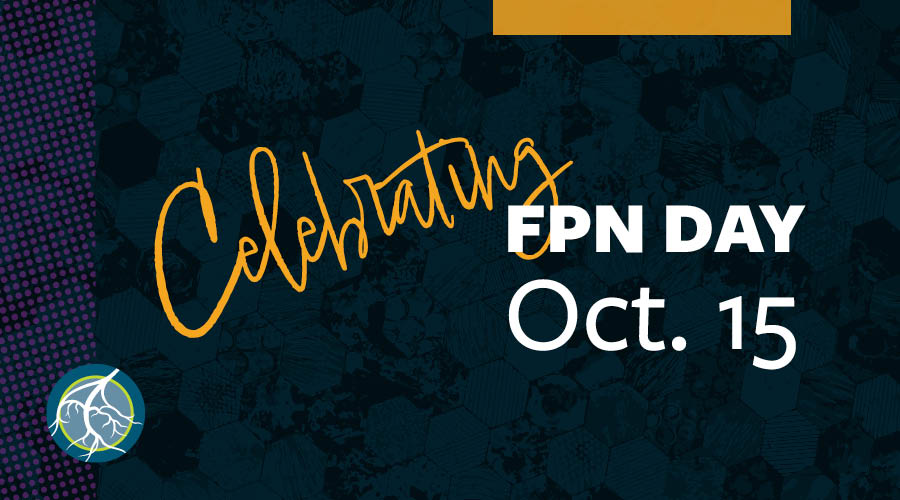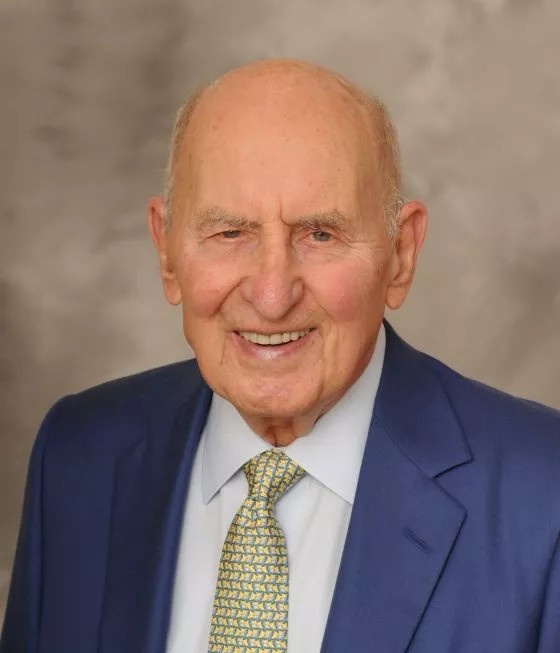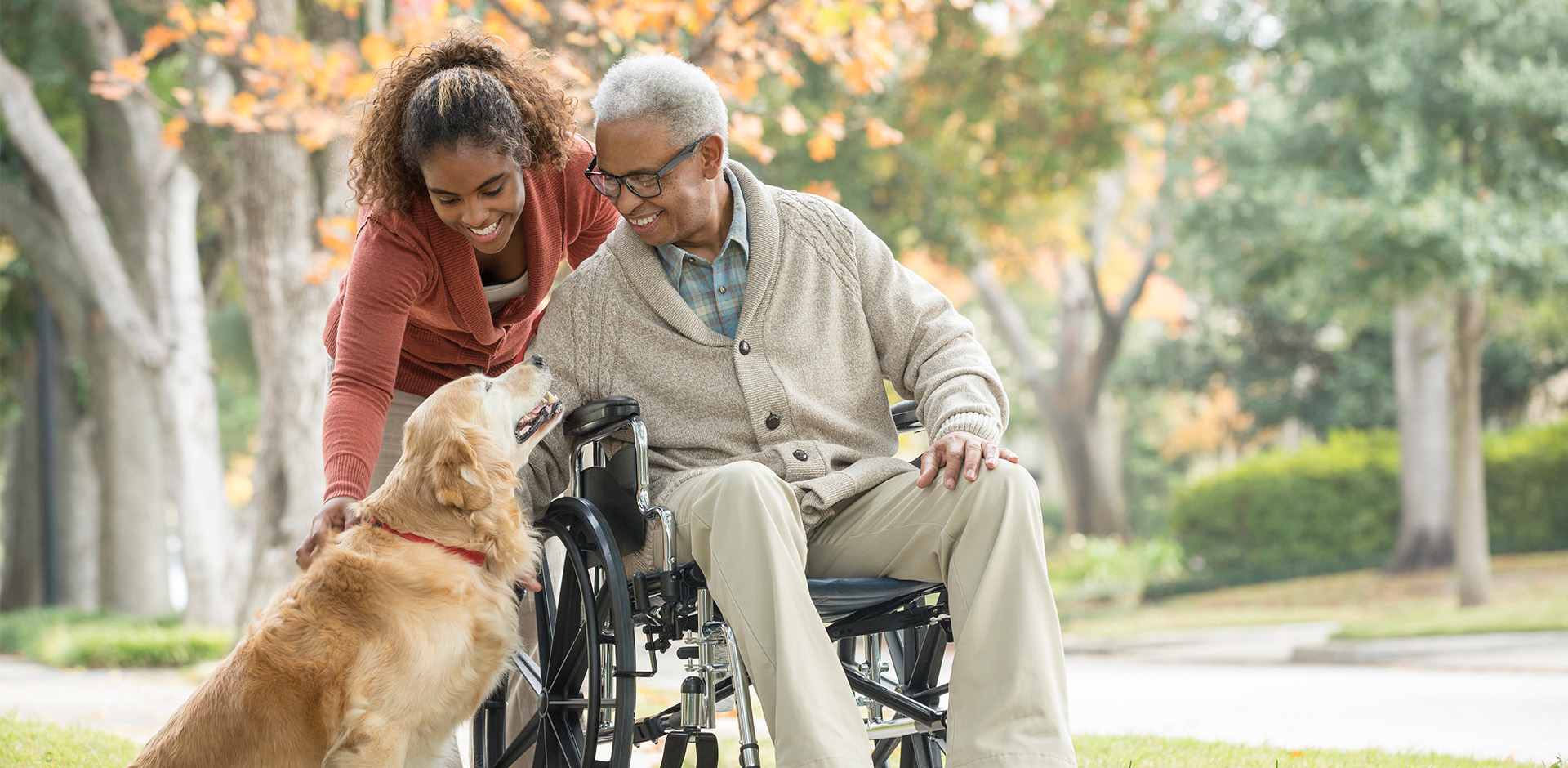eNews July 2025
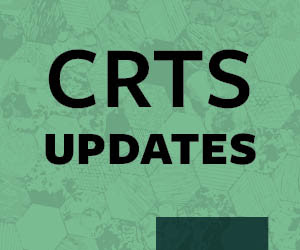
Now accepting early-career grant applications
We’re pleased to announce the 2026-28 cycle of our early career research grants, offered through the American Academy of Neurology and American Brain Foundation . This grant is called the Clinical Research Training Scholarship in Peripheral Neuropathy.
We are now accepting applications. Learn more and apply by September 9.

Match in progress: Double your support for research
Our donor, Mary Ann Elliott, is supporting neuropathy research in a huge way: she’s currently matching donations to support research scholarships in peripheral neuropathy.
Make your gift today and double your impact.
Read more in Mary Ann’s personal request for increased research funding.
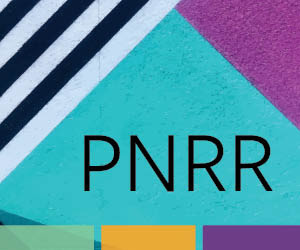
New enrollment site for PN biobank
Upcoming FPN webinar
FWe are pleased to welcome the University of North Carolina at Chapel Hill as a new site for patient enrollments into Peripheral Neuropathy Research Registry (PNRR). FPN is confident that this new partnership will be fruitful for the PN research community.

FPN Webinar: Treatment options, Cost Considerations & Current Limitations
In this Thursday’s webinar sponsored by Lilly, we are pleased to welcome guest speaker Brian Callaghan, MD from the University of Michigan. In this program, patients will learn about different ways to treat nerve pain. We will also look at how much these treatments cost and what they mean for patients. Finally, we’ll explain what results people can expect from these treatments and some of the limits they may have.
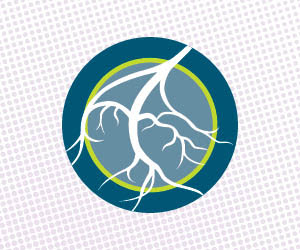
Want to join our team?
FPN is currently seeking interested applicants to join our Board of Directors. We have two to three potential board vacancies. Please note that any applications submitted will be considered for this year as well as future years.
The FPN Board of Directors serves in the critical role of governance and partnership with its Executive Director and Medical and Scientific Advisory Board to strengthen the organization and advance itsS mission.

Vetting information
Peripheral neuropathy is challenging to diagnose and treat. This leaves patients vulnerable to false claims about miracle cures or other pseudoscientific information that may be seen in poorly vetted outlets.
This guide can help you figure out if something you read or hear is true. It shows you how to spot warning signs, think carefully, and understand what fake science often looks like.

